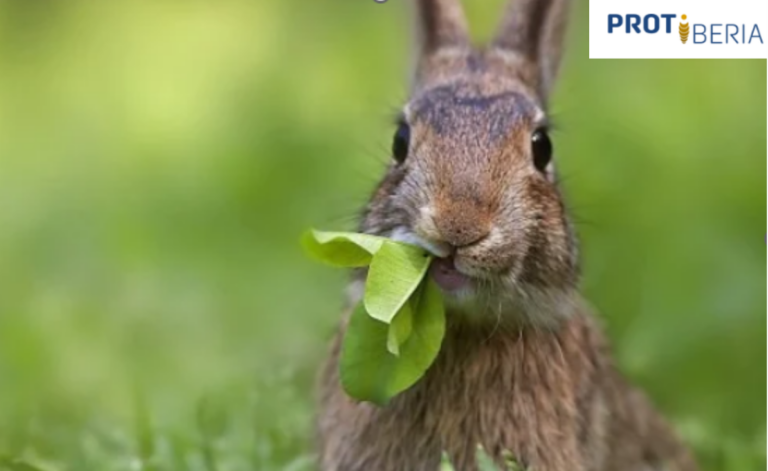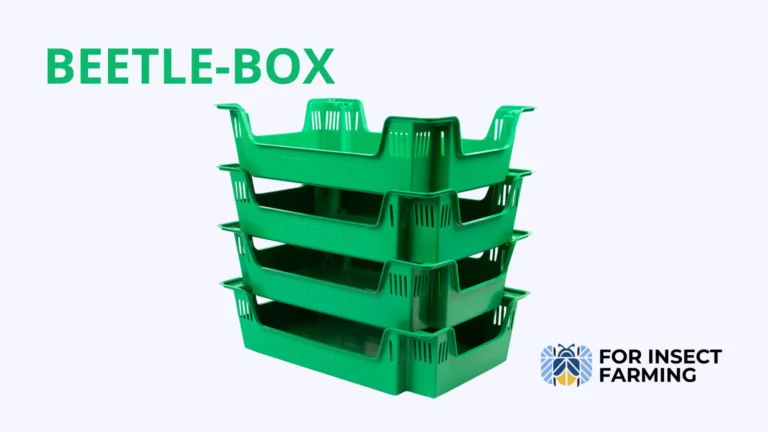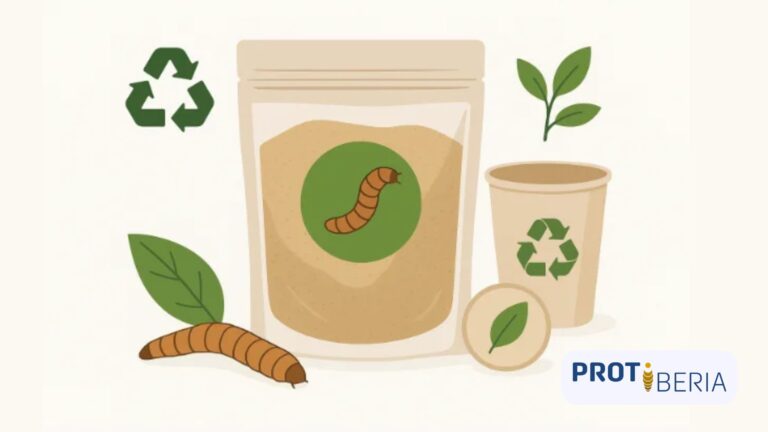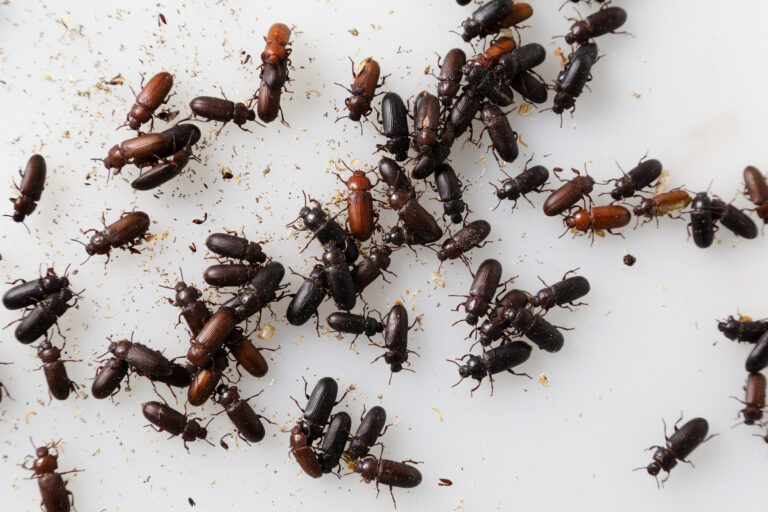| The search for sustainable and effective alternatives in animal nutrition has led researchers to explore new products with great potential. Among them, Tenebrio molitor frass, the excrement resulting from the rearing of this insect’s larvae, as shown in a recent study published in Frontiers in Veterinary Science. |
Frass is the waste generated by insects during their growth. In the case of Tenebrio molitor (also known as mealworm), the frass consists of feces, exoskeleton remnants, and unconsumed material.
This by-product is not only rich in essential nutrients such as nitrogen and phosphorus but also contains bioactive compounds that can benefit animal health.
STUDY: EFFECTS OF FRASS ON RABBIT FEEDING
The study evaluated the impact of incorporating Tenebrio molitor frass into rabbit diets through various parameters:
- Growth: Rabbits fed diets with frass showed a significant increase in weight gain compared to the control group, indicating greater feed conversion efficiency.
- Carcass Characteristics: Carcass weight and yield also improved, demonstrating the positive impact of frass-based diets on meat production.
- Meat Quality: The meat of rabbits fed with frass maintained a good nutritional profile and showed improvements in parameters such as texture and juiciness.

PARAMETERS EVALUATED IN MEAT QUALITY
In addition to growth and carcass characteristics, several biochemical and nutritional parameters were analyzed in rabbit meat:
- Fatty Acid Profile: Including frass improved the composition of essential fatty acids, such as omega-3 and omega-6, which are important for human health.
- Protein and Moisture Content: The meat showed a balanced content of protein and moisture, enhancing its texture and nutritional value.
- Antioxidant Capacity: The presence of bioactive compounds in frass likely contributed to greater oxidative stability in the meat, extending its shelf life.
BENEFITS OF USING FRASS IN ANIMAL NUTRITION
Using frass in animal feed offers multiple advantages:
- Environmental Sustainability: Reusing waste from insect production reduces environmental impact and promotes a circular economy.
- Cost Reduction: Frass is a low-cost by-product compared to conventional feed ingredients.
- Fiber Source: Frass contains dietary fiber, which can improve digestion and intestinal transit in farm animals.

CHALLENGES IN FRASS PRODUCTION AND COMMERCIALIZATION
Despite its benefits, introducing frass into animal diets presents certain challenges:
- Regulation and Legislation: Unclear legal status in some regions complicates its adoption.
The use of products derived from animal excrement in feed is prohibited in the European Union under Regulation (EC) No. 1069/2009. This includes manure and other unprocessed animal waste in feed for animals intended for human consumption.
- Ongoing Research: More long-term studies are needed to validate its effects and establish optimal dosages.
- Consumer Acceptance: Educating consumers about the benefits of frass is key to integrating it into the production chain.
CONCLUSION
Tenebrio molitor frass represents an innovative and sustainable solution for rabbit nutrition, offering both economic and environmental benefits. Although its regulation is still challenging in Europe, current research opens new doors for its use.
Adopting this by-product could revolutionize the livestock industry and contribute significantly to a more sustainable future.
REFERENCES:
- Radwan, M. A., Maggiolino, A., Hassanien, H. A., Palo, P. D., El-Kassas, N. E., Abbas, H. S., & Salem, A. Z. (2023). Dietary utilization of mealworm frass in rabbit feeding regimes and its effect on growth, carcass characteristics, and meat quality. Frontiers in Veterinary Science, 10, 1069447.



